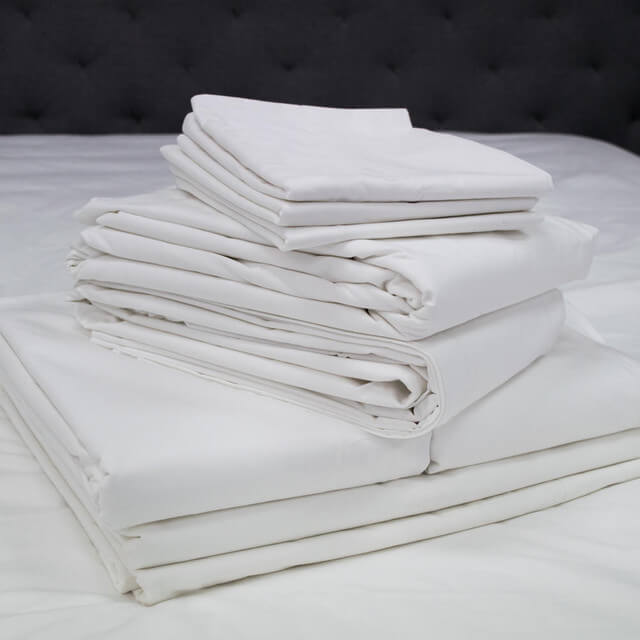Introduction: Do I Need a Mattress Protector?
A full mattress protector is often an overlooked accessory when setting up a new bed. However, it plays a crucial role in maintaining the hygiene and longevity of your mattress. In this blog, we will explore the importance of a bed bug mattress protector and answer some common questions related to it.
1. Can You Wash a Mattress Cover?
Yes, most mattress protectors are designed to be machine-washable, making them easy to clean and maintain. Regularly washing your mattress cover helps remove dust, sweat, and other stains, ensuring a fresh and healthy sleeping environment. To clean your mattress protector, follow these simple steps:
Check the care label: Always refer to the care instructions provided by the manufacturer before washing your mattress protector. Different materials may have specific cleaning requirements.
- Use a gentle cycle: Set your washing machine to a gentle or delicate cycle with cold water to avoid damaging the protector's waterproof layer or elastic edges.
- Mild detergent: Use a mild, non-bleach detergent to clean the mattress protector effectively without causing any harm to its waterproof properties.
- Air-dry: It's best to air-dry the mattress protector to preserve its quality. Avoid using high heat or direct sunlight, as they can weaken the protector's waterproof barrier.
- Remember to check the specific washing instructions that come with your chosen mattress protector to ensure proper care.
2. Is There a Mattress Cover That Kills Bed Bugs?
While standard mattress protectors provide a barrier against spills, stains, and allergens, not all of them are designed to eliminate bed bugs. However, some covers are specifically a bed bug mattress protector and available here at Direct Textile Store. These mattress protectors wholesale come with unique features that help prevent and kill bed bugs.
A bed bug mattress protector typically have tightly woven fabric and a bed bug-proof zipper enclosure, which prevents these pests from entering or escaping the mattress. Some even use materials treated with bed bug-repellent substances to deter them further.
If you're dealing with a bed bug infestation or want to proactively protect your mattress from these pests, look for mattress protectors explicitly labeled as "bed bug-proof" or "bed bug mattress protector."
3. How to Fold a Mattress Cover?
Folding a full mattress protector correctly is essential for storage or travel purposes. Here's a simple step-by-step guide to folding a mattress cover:
- Step 1: Lay the mattress cover flat on a clean surface, such as your bed or the floor.
- Step 2: Smooth out any wrinkles or creases to ensure an even fold.
- Step 3: Fold the sides: Fold the left and right sides of the mattress cover towards the center, ensuring that the edges align neatly.
- Step 4: Fold the top and bottom: Now, fold the top edge of the mattress cover towards the center, followed by the bottom edge. This should result in a rectangular shape.
- Step 5: Final fold: Fold the rectangular shape in half to create a more compact square or rectangular bundle.
- Step 6: Store or pack: Place the folded mattress cover in a dry, clean space, or pack it for travel, if needed.
Investing in a high-quality mattress protector is a wise decision to safeguard your mattress from spills, stains, allergens, and even bed bugs. Whether you need a full mattress protector, mattress protector twin, queen size mattress protector, king size waterproof mattress protector, or cal king waterproof mattress protector, there are various options available to suit your needs and mattress size here at Direct Textile Store.
Regularly cleaning and maintaining your mattress protector will ensure its effectiveness and prolong the life of your mattress, providing you with a comfortable and hygienic sleep environment for years to come.
About the Author
Haley Bridges, Marketing Assistant at Direct Textile Store
Haley Bridges has served as Marketing Assistant at Direct Textile Store, where she specializes in hospitality linens, uniforms, and bulk textile solutions. She works closely with hotels, restaurants, and healthcare facilities to match them with durable, high-quality products that balance both performance and value. Haley's expertise in textile sourcing and merchandising strategy helps businesses make confident purchasing decisions while staying ahead of industry trends.






